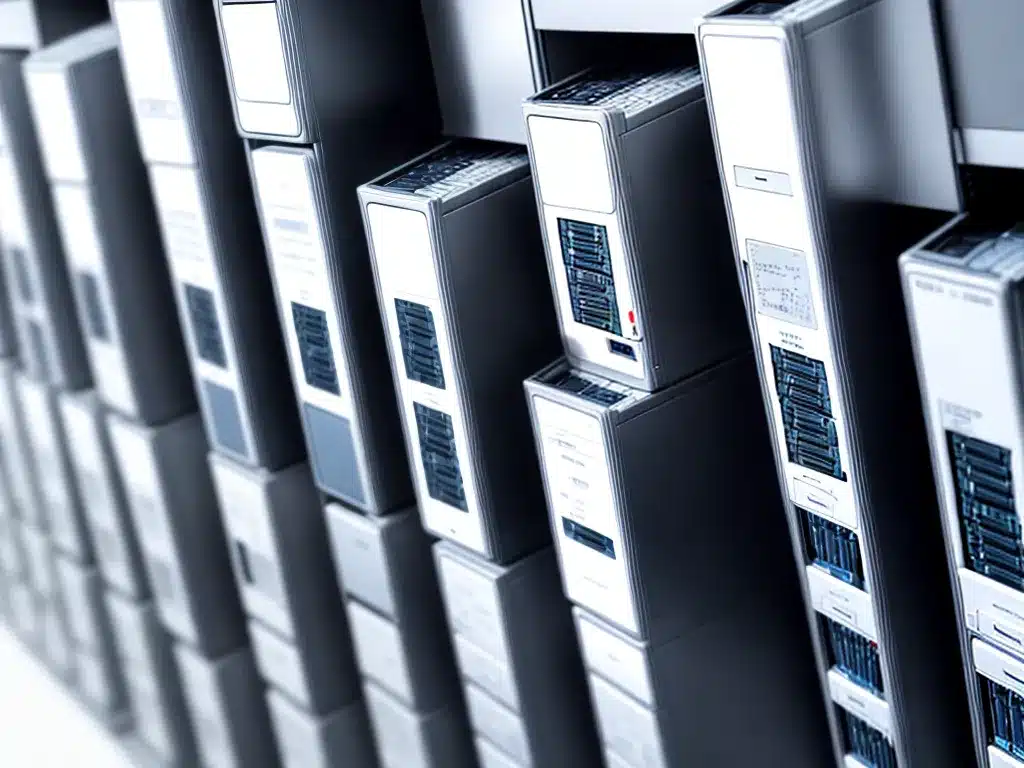Introduction
Data backup is an important part of any tech setup. As our reliance on technology increases, having a proper backup system in place becomes even more critical to avoid data loss disasters. But how much backup storage capacity do you really need? The answer depends on several factors. In this article, I will discuss the key considerations to determine your ideal backup storage requirements for 2023.
How Much Data Needs to Be Backed Up?
The first step is to take stock of how much data you need to back up. This includes:
-
Personal documents – Word files, PDFs, spreadsheets, presentations etc. These tend to be relatively small files.
-
Photos and videos – With high resolution cameras and 4K video, these files take up significant storage space.
-
Music library – Lossless audio files like FLAC can be large.
-
Software and apps – All your downloaded applications, games and other software need to be backed up.
-
System image – A full system backup to capture your operating system, settings, applications etc.
-
Miscellaneous data – Other files like downloads, projects, databases etc. also need to be backed up.
To calculate your total storage needs, tally up the used space on your computer drives and storage devices. Allow for future growth by adding at least 50% more capacity.
Backup Frequency
Your ideal backup frequency also impacts how much backup storage you need.
-
For daily backups, you may be able to reuse the same storage device.
-
For weekly backups, you’ll need enough capacity to store data changed over that period.
-
Monthly backups require less frequent capacity, but more historical data storage.
If you take incremental backups (only changed data), you can optimize storage usage vs backup frequency.
Backup Locations
To protect against different failure scenarios, having backups in multiple locations is recommended.
Popular options include:
-
External HDDs – Low cost, portable and good capacity. Risk of theft/damage.
-
NAS devices – Network attached storage offers centralized backups. Can add capacity as needed.
-
Cloud storage – Online cloud backup provides offsite protection and global access. But limited free storage.
-
Optical discs – Low capacity but very long term archival storage.
So in addition to your primary backup destination, factor in a secondary and possibly tertiary backup location.
Version Histories
Some backup software or services also let you retain multiple versions of your files. This allows recovering previous iterations.
If version histories are important to you, allocate extra capacity for storing older copies of files.
Backup Redundancy
To account for backup device failure, having redundant copies is recommended. The 3-2-1 backup strategy suggests maintaining 3 total copies, across 2 different media types, with 1 copy offsite.
With redundancy, the storage needs are multiplied based on the number of backup copies.
Conclusion
- Take stock of all data that needs backup and budget for future growth.
- Factor in intended backup frequency and retention policies.
- Allow for sufficient capacity across primary, secondary and redundant backup destinations.
With these considerations in mind, you can determine your ideal backup storage capacity for this year. Err on the side of caution and leave room for growth when in doubt. Proper planning and provisioning of backup storage helps ensure your data remains protected from any mishaps.
What is your total backup storage need this year?
Based on the above factors, I estimate my total backup storage needs for this year to be:
- Primary local destination: 2 TB external HDD
- Secondary local destination: 3 TB NAS device
- Offsite cloud backup: 1 TB cloud storage plan
For a total need of 6 TB across multiple destinations to implement a comprehensive 3-2-1 backup plan. This provides room for future data growth while keeping redundant copies to protect against failure scenarios.
Proper backup storage planning provides peace of mind that my data is protected and recoverable. With robust systems in place, I can rest easy knowing my data assets are safeguarded.













